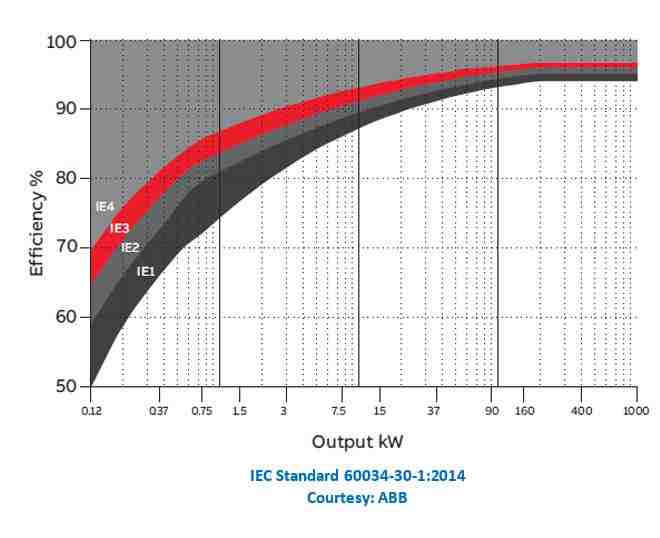

Limiting the increase in the global average temperature to well below 2°C and pursuing efforts to limit the temperature increase to 1.5°C: these are the goals set by the 26th UN Climate Change Conference (COP26), reaffirming the targets of the 2015 Paris Agreement. Achieving these goals will require rapid, deep, and sustained reductions in global greenhouse gas emissions, including reducing global carbon dioxide emissions by 45 percent by 2030 (relative to 2010 level), as well as deep reductions in other greenhouse gases.
At the same time, meeting the challenges of growing demand for electrical energy and rising energy prices due to geopolitical issues require heavy investment in power generation and energy. The majority of these investments relies on natural resources that are rapidly being depleted due to continuous usage/extraction, impacting the environment adversely. One of the best strategies to curtail the situation is reducing energy waste and increasing energy efficiency. Electric motors play a major role in this strategy, since about 40 percent of global energy demand is estimated to be related to electric motor applications.

To reduce energy consumption and carbon dioxide emissions, many governments worldwide have imposed local regulations, also known as MEPS (Minimum Energy Performance Standards) on electric motors and other machines/equipment. While the specific requirements of these MEPS differ between countries, the implementation of regional standards such as IEC, NEMA, which define the efficiency levels and test methods to determine the efficiencies, allow a standardization of the definition, measurement, and publication format for efficiency data amongst motor manufacturers, simplifying motor selection.
Decarbonization or carbon neutrality targets are further driving manufacturing and energy companies to limit their carbon emissions and to invest in sustainable energy efficient solutions and green energy sources. Low voltage motors: IE (International Efficiency)3, IE4, and IE5 or IE5 compliant, which offer higher energy efficiencies, and support sustainability needs to curtail global carbon emissions because motors account for a large share of energy usage in industry. Energy efficiency of low voltage motors has increased dramatically in recent years due to technological advances and regulations to improve energy efficiency. A handful of suppliers have IE5 and/or IE5 complaint motors that are designed to meet IE5 ultra-premium energy efficiency standards.
ARC’s recently published Integral Horsepower Low Voltage (IHP LV) Motors Market Analysis Report provides much more info, including competitive and regional analysis and a forecast.

